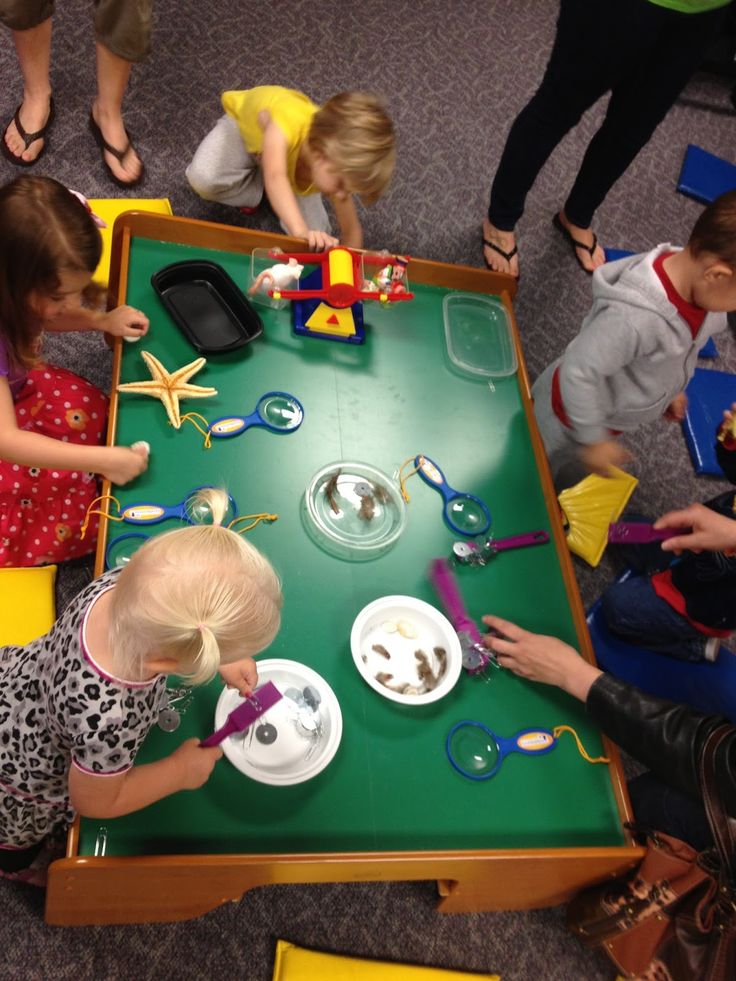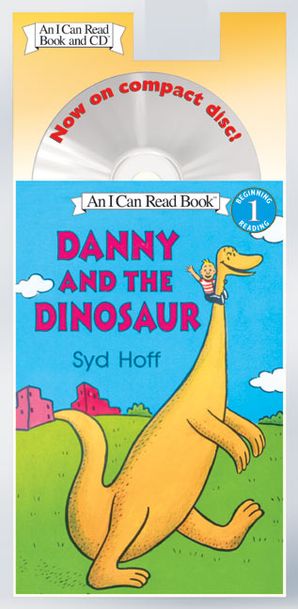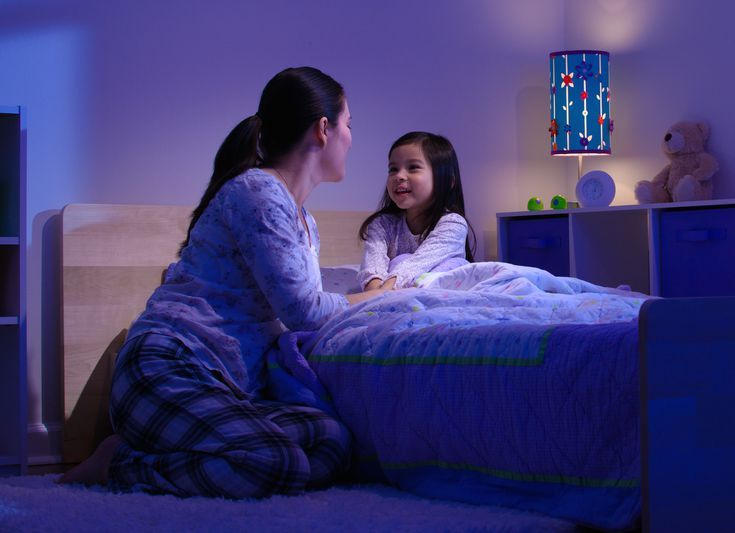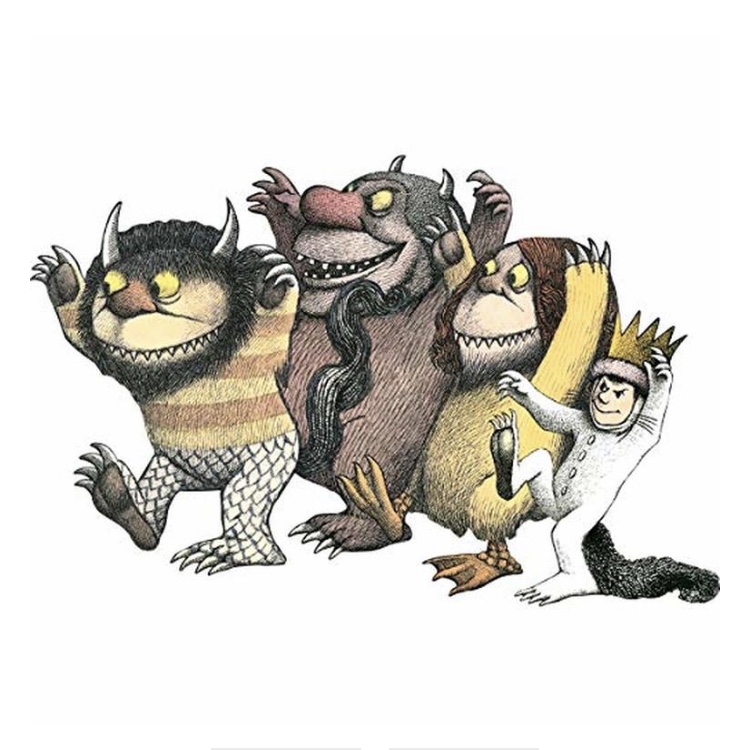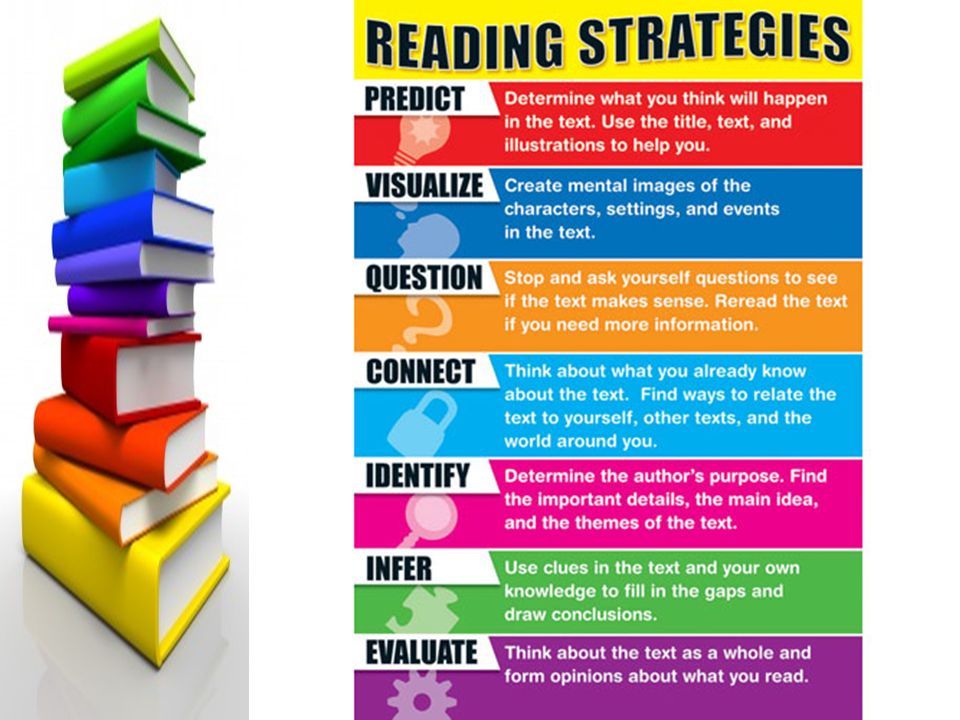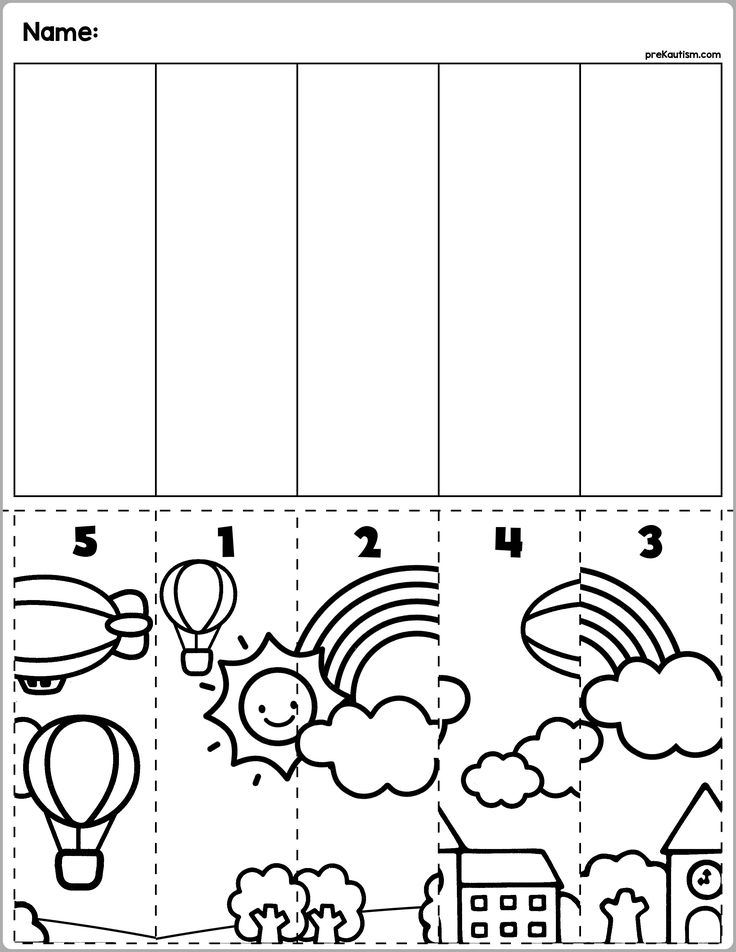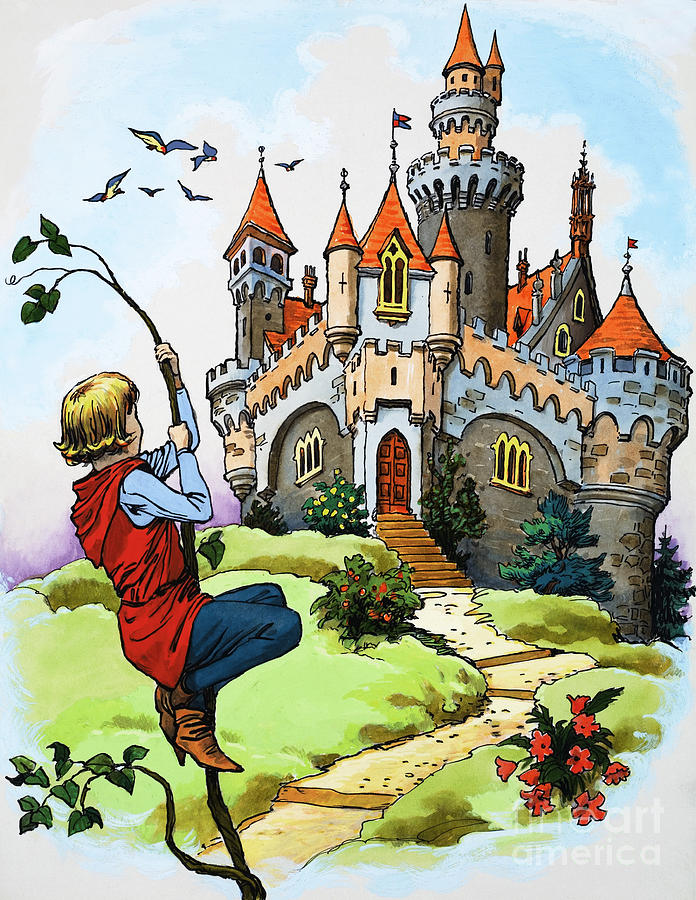Letter sounds activities for kindergarten
Beginning Sounds Activities for Kindergarten
Curriculum | Featured | Letters & Letter Sounds | Reading
When learning to read, there are many phonemic awareness and phonics skills students must master. Learning letter names, letter sounds, and beginning sounds is key in helping students quickly decode and read texts. To give your students the exposure and practice they need, check out these beginning sounds activities for kindergarten.
Why is it Important to Teach Beginning Sounds?
When teaching students to read, it’s important for them to understand that words are made up of letters and sounds. This knowledge helps them read and write more fluently.
Phonemic awareness and phonics skills are key in kindergarten. Phonemic awareness skills are when students understand that words are made up of various sounds. Phonics skills are what correlates the sound of a letter to the written letter itself.
Begin with teaching phonemic awareness skills so students learn to listen for and differentiate the sounds in words.
It can be tricky for students to hear the middle and ending sounds in words at first, which is why starting with beginning sounds is so effective.
Digital Beginning Sounds Activities
Since it’s important for students to first understand what beginning sounds are and learn to listen for them in words, you need a variety of beginning sounds activities for kindergarten for them to practice with.
A great way to engage your students is with interactive digital phonemic awareness activities like beginning sounds Boom Cards. These Boom Card decks give students a variety of opportunities to practice listening for the same beginning sounds in words.
Plus with audio directions, audio picture names, and the self-checking feature, your students will be able to work independently with success.
Hands-on Beginning Sounds Activities
Mastering beginning sounds takes a lot of practice and exposure. Therefore, you need a wide array of hands-on beginning sounds activities for kindergarten that your students can work with.
You can incorporate these hands-on activities into your morning tubs, literacy centers, or fast finisher activities. This is a great way to keep your students practicing their skills throughout the day.
Letter Sound Mats
One of my favorite ways to practice beginning sounds is with letter sound mats and magnetic letters. Students will say the picture name aloud, identify the beginning sound, and match the correct magnetic letter to the picture.
If you have a set of picture cards and magnetic letters, you can simply have students flip a card, identify the beginning sound, and match the letter.
Build the Sound Mats
Another great beginning sounds activity for kindergarten is build the sound mats. This activity allows students to identify the beginning sound in the picture and build the letter using manipulatives.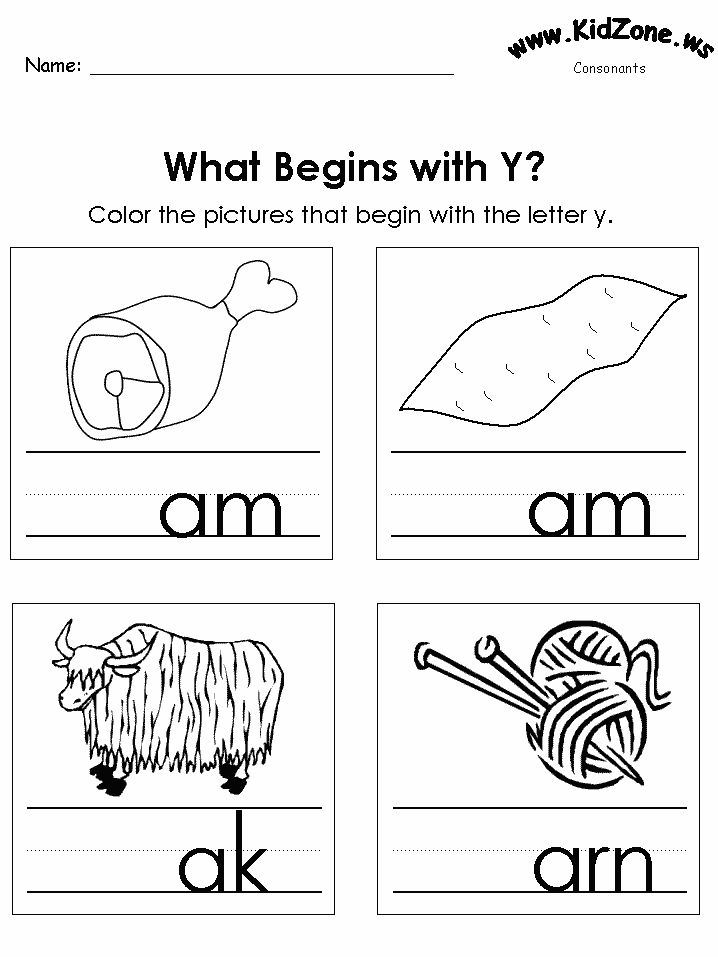
Students will get extra fine motor practice as they work on both phonemic awareness and phonics skills.
Beginning Sound Mazes
Another fun way to switch up the learning is to use beginning sound mazes with your students. As they cover the letters that make the focus sound on the mat, they’ll work their way through the maze.
This makes learning feel like a game for students, which is a sure way to keep them on task, engaged, and motivated.
If you loved these hands-on beginning sounds activities for kindergarten, you can grab them all plus more in my Beginning Sounds and Letter Sounds Bundle!
No Prep Beginning Sounds Activities
While using digital and hands-on beginning sounds activities is key, it’s also nice to keep a good stash of no prep activities on hand.
Add these no prep beginning sounds activities to your morning work, independent literacy stations, or keep them in a sub tub. They also make great time filler activities if you have a few minutes between activities.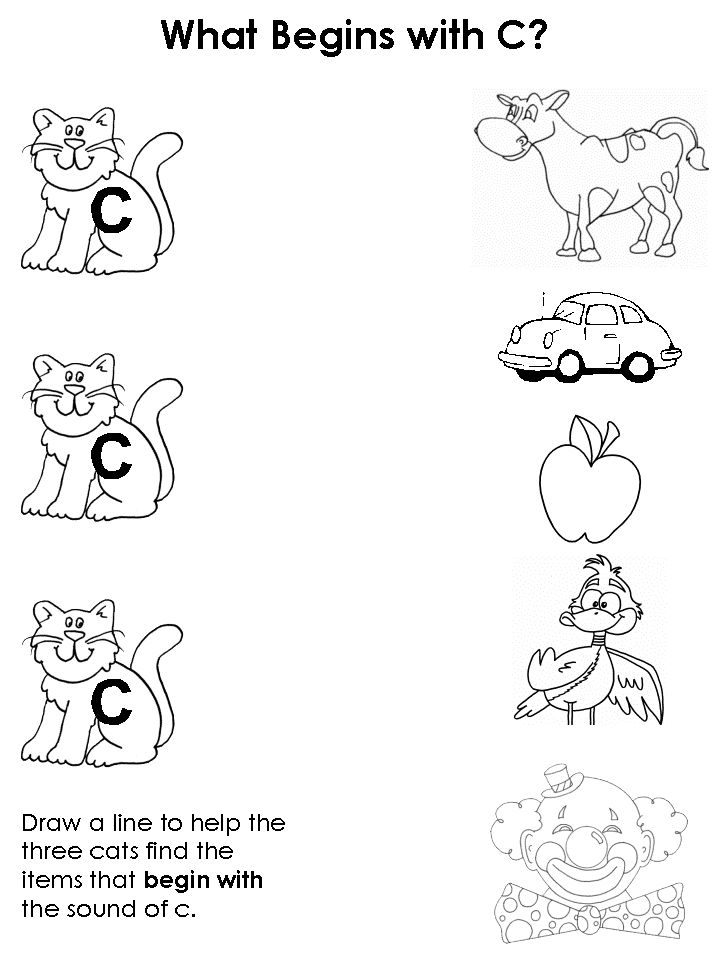
If you need a quick way to assess your students on beginning sounds, you can use these no prep activities as an informal assessment as well.
How to Assess Your Students on Beginning Sounds
As your students learn and grow their beginning sounds skills, you want to assess them frequently. This allows you to see which beginning sounds they are mastering and which sounds they need help with.
Using beginning sounds picture cards and a checklist is a great way to gauge your students’ understanding. You can monitor students quarterly, monthly, or every 2 weeks if they need more support.
Beginning Sounds Assessment Freebie
To make assessing your students on beginning sounds and letter sounds easy, I created an assessment freebie for you.
This freebie includes a beginning sounds assessment checklist and beginning sounds pictures. There is also a letter sounds assessment page and checklist to help you assess your students’ uppercase and lowercase letter sound recognition.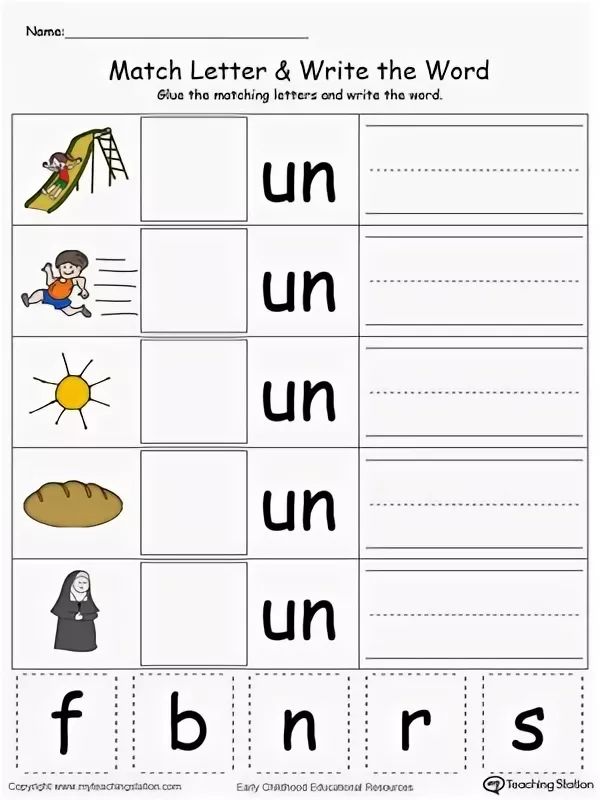
You can fill out the form below to get the beginning sounds and letter sounds assessment freebie sent directly to your inbox!
I hope these beginning sounds activities and assessments for kindergarten make learning more fun and effective in your classroom!
Post Tags: #beginning sounds#Freebies#letter sounds#literacy#literacy centers#reading
Similar Posts
Learning Letter Sounds - PreKinders
By Karen Cox | Affiliate Disclosure | Filed Under: Phonological Awareness
These games help pre-K children practice Letter Sound learning in a fun, hands-on way.
Sound Cups
Use 26 disposable clear punch cups and label each cup with a letter. Letter cup labels can be downloaded below. Collect a set of small trinket objects (you can ask parents and friends to send things in), such as plastic lizard, small block, watch, plastic frog, bandaid, necklace, button, dice. Place the trinkets in a basket. Children sort each trinket into a letter cup by its beginning sound.
You can use all 26 cups at one time, or select 3-4 letter cups at a time for children to focus on. When searching for items to go in the cups, look for dollar store mini toys (especially packs of animals and bugs), look at doll house miniatures, browse craft stores for mini items.
Download: Letter Cup Labels
Erase the Sound
Draw a picture on a dry erase lap board. In the example below, I drew a snowman. Call children up one at the time to erase something that begins with something in the picture. In this picture, children can erase something that begins with H (hat), something that begins with B (buttons), something that begins with N (nose). Continue until everything is erased.
Mystery Bag
Place three objects beginning with the same letter in a bag (such as ball, bug, and button for B). Have a child pulls each item out of the bag and name each item. Have the class guess the “mystery letter”.
Guess Who?
Say three words and have the kids guess whose name begins with the same sound as those three words. For example, call out:
For example, call out:
- lake
- lemon
- lamp
The class would guess Levi. If you have more than one child in your class (maybe Levi, Lucy, and Layton) who start with that letter sound, the class can name all of them.
I have prepared a list of words for each letter that you can use for your students. Download the list below.
Download: Beginning Letter Sounds List
Monster Names
Have kids stand, stomp, and growl when you say their “Monster Name”. Replace the first letter of each child’s name with the letter M. For example, Braden’s name would become “Mad Monster Maden” and Ashlyn’s name would become “Mad Monster Mashlyn”.
Say Two Words
Say two words, and have kids stand up if the words begin with the same sound. Have them sit down if they do not. For example,
cat – cow (stand up)
hat – goat (sit down)
Letter Sounds Listening Games
Children listen for beginning sounds in words and use bingo markers to stamp a letter each time they hear the letter sound.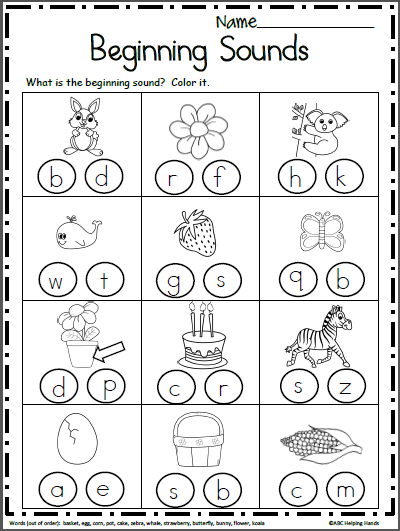 Get the printable game here: Letter Sounds Listening Games.
Get the printable game here: Letter Sounds Listening Games.
Letter Sounds Activity Cards
Children look at the picture, say the word, and find the letter that matches the beginning sound. They mark the cards by clipping it or marking it with a chip. Get the printable game here: Letter Sounds Activity Cards.
Letter Tile Mats
Children match letter tiles to the pictures on the mats by identifying the beginning sound of the words. Get the printable game here: Letter Tile Mats.
More Resources
These are available in my shop.
About Karen Cox
Karen is the founder of PreKinders.com. She also works as a full-time Pre-K teacher in Georgia. Read more...
SEARCH
What are letters and sounds? - Kindergarten No. 220 JSC Russian Railways
Usually parents say that the child does not pronounce some letters! Unfortunately, parents do not always understand the difference between such concepts as “sound” and “letter”. These terms must not be mixed!
Sound is the smallest, indivisible unit of the speech stream perceived by the ear.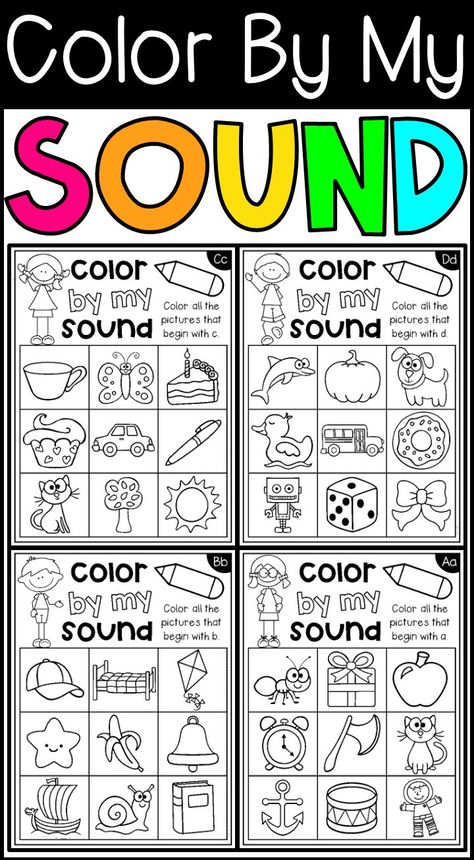 There are 42 speech sounds in Russian.
There are 42 speech sounds in Russian.
The letters are graphic characters that represent speech sounds when writing. There are 33 letters in total.
We pronounce and hear sounds, we see and write letters .
For parents of children of primary and secondary preschool age, is enough if the baby remembers that the letter stands for the sound "P" and learns it like "P" and not "er", "L" and not "el" ”, “Sh”, not “sha”, etc.
Parents, older preschoolers and first graders need to know much more about sounds and letters.
Sounds are divided into vowels and consonants.
Vowels - when they are pronounced, the air in the mouth passes freely without encountering obstacles. There are 10 vowels in Russian ( a, y, o, e, s, e, e. i, yu, and). There are only 6 vowels - [a], [o], [y], [i], [s], [e].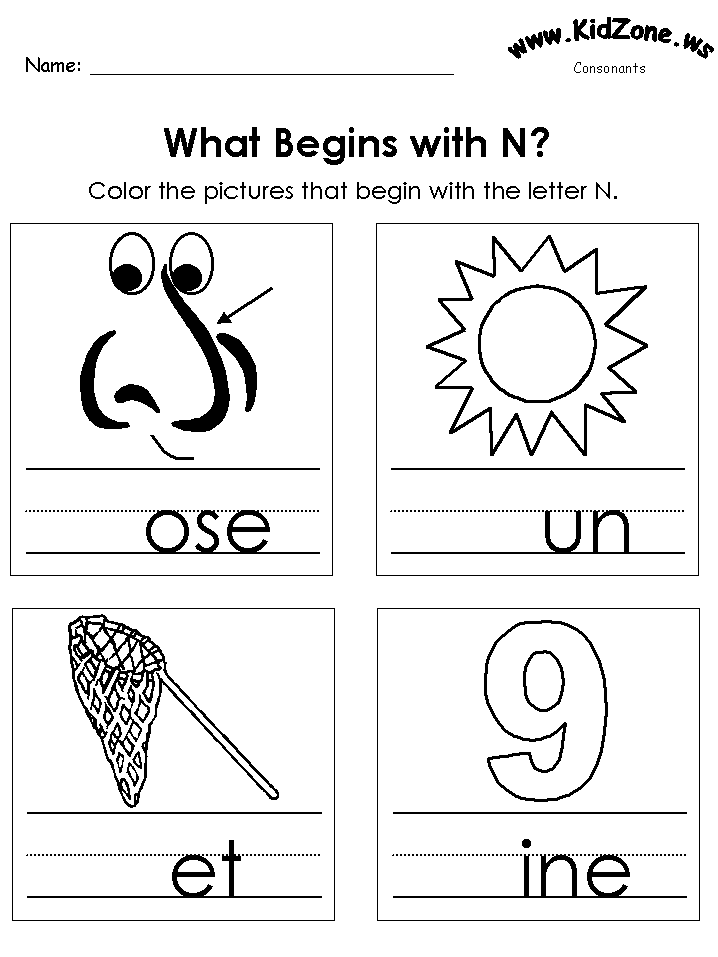 The fact is that the vowels e, e. yu, i in some positions denote 2 sounds:
The fact is that the vowels e, e. yu, i in some positions denote 2 sounds:
e - [y'o], e - [y'e], y - [y'y], i - [y'a].
Vowel sounds are indicated by a red circle. Vowel sounds are neither hard and soft, nor voiced and deaf A vowel can be stressed or unstressed. Vowels form a syllable. There are as many syllables in a word as there are vowels.
Consonants sounds - when they are pronounced, the air in the mouth meets barriers formed by the tongue, teeth or lips.
Consonants are :
- hard - are pronounced hard. Marked with a blue circle. For example: [p], [k], [d], etc.;
- soft - soft. Marked with a green circle.
For example: [p']= (p), [k']= (k), [d']= (d).
Most consonants have a pair of hardness-softness. For example: [b] - [b '], [t] - [t '], [l] - [l '], etc.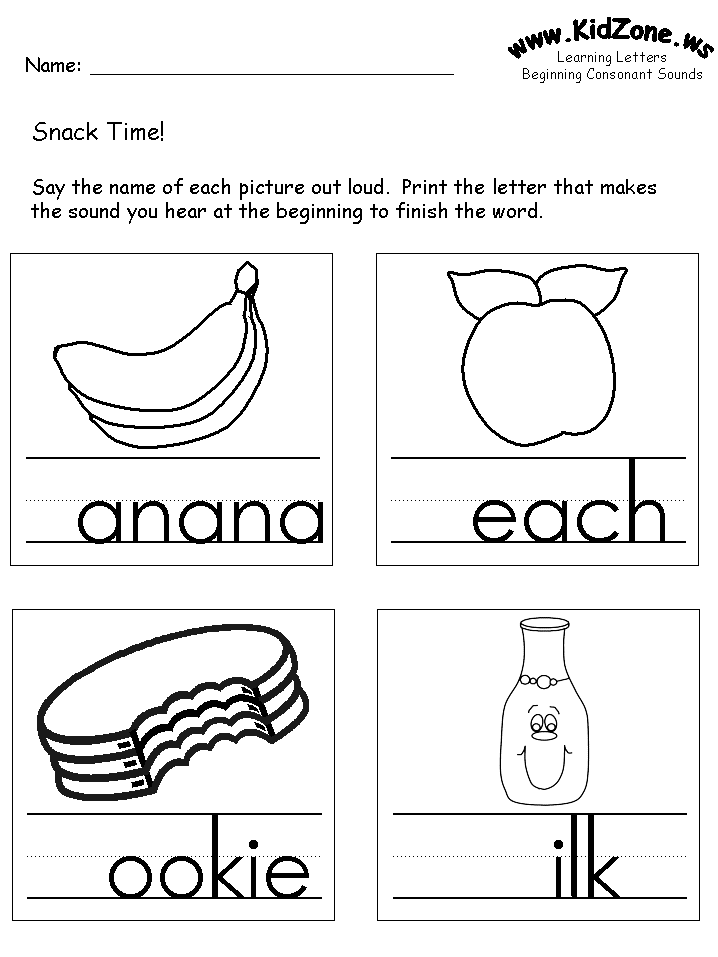
But there are consonant sounds that do not have a pair of hardness-softness. They are either always hard or always soft:
- always hard consonants - [w], [g], [c];
- always soft consonants - [h'], [u'], [y'];
- voiced consonants - pronounced with voice.
For example: [l], [p],. [d], [m], etc. To determine the voicedness, you need to put your hand to the "neck" and listen if there is a "bell".
- voiceless consonants - pronounced without voice.
For example: [f], [x] [s], [p], etc.
But there are consonant sounds that do not have a pair of sonority - deafness. They are either always deaf or always voiced:
- always voiced - [th], [l], [l'], [m], [m'], [n], [n'], [p], [p'];
- always deaf - [x], [x'], [c], [h'], [u'].
It is necessary to clearly know and distinguish sounds and letters!
Sound analysis of the word - Kindergarten "Annushka", Naryan-Mar
Consultation for parents on preparing children for literacy
"Sound analysis of the word".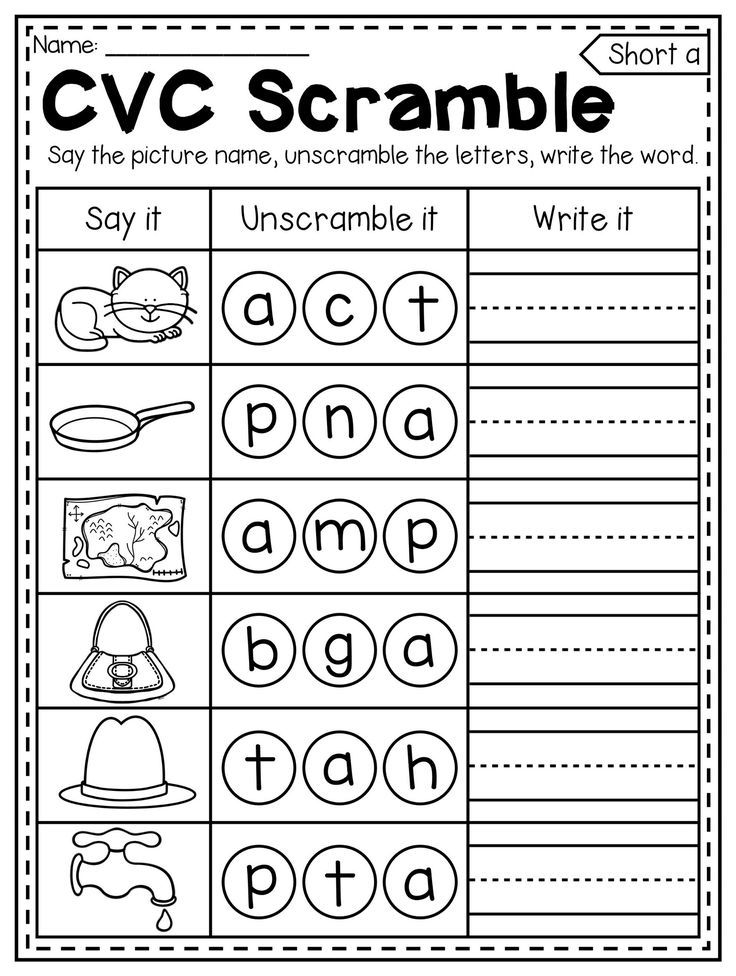
Hello, dear parents of ! I propose to talk about preparing children for literacy training , namely, about conducting sound analysis of words .
Written speech is formed on the basis of oral speech. And the first steps to learning to read and write should not be familiarity with letters, but mastery of the sound system of the language .
Each of us will smile, remembering the "folk" rule of the Russian language: "as it sounds, is spelled" . Indeed, if a child does not pronounce the sound correctly , it is hardly worth counting on the fact that he will write it correctly in a notebook in the near future.
It is necessary to pay attention not only to the correct articulation of the sound, but and to the child's ability to isolate, that is, to hear sounds in the word .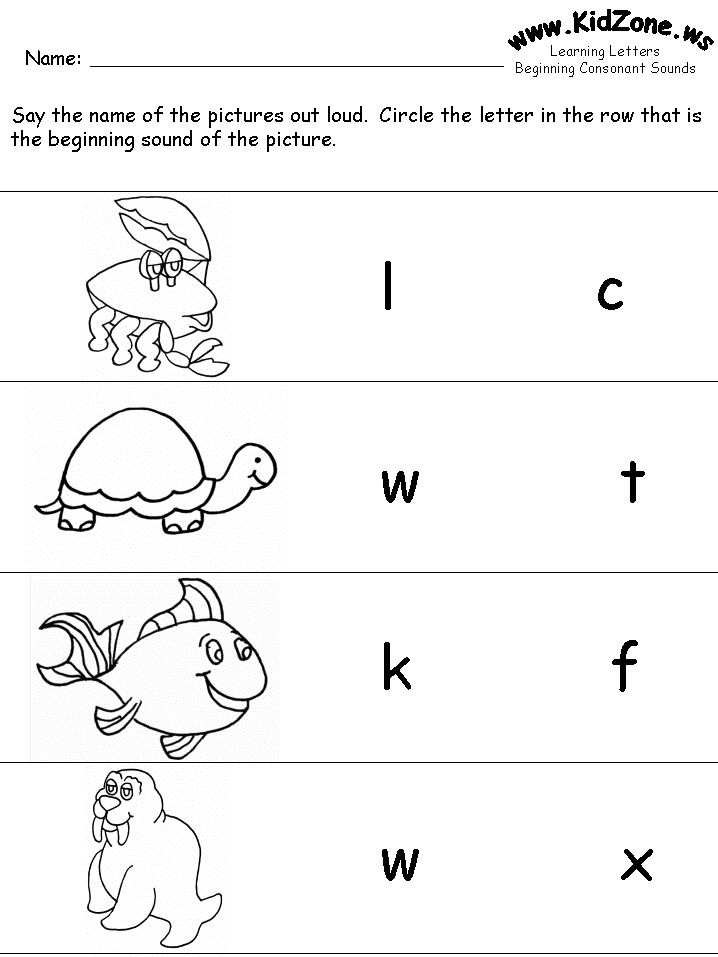
This skill is developed in the course of the systematic work of both teachers in kindergarten and Parents at home in such games as: “What are the first Sound in word ” , “Choose Word ” , “Catch Sound ” , “Determine the position of Sound in Word of ” , "Find a place for the picture" etc.
Dear parents, remember:
1. Sound - we hear and pronounce.
2. We write and read letters.
3. Sounds can be vowels and consonants.
Vowel sounds can be sung with the voice, while the air coming out of the mouth is not obstructed. Consonant sounds - sounds that cannot be sung, because. the air coming out of the mouth during their pronunciation meets a barrier.
There are six vowels: A, U, O, I, E, S
Ten vowels: A, U, O, I, E, S - correspond to sounds and four iotated, which denote two sounds: Ya-ya, Yu-yu, Ye-ye, Yo-yo.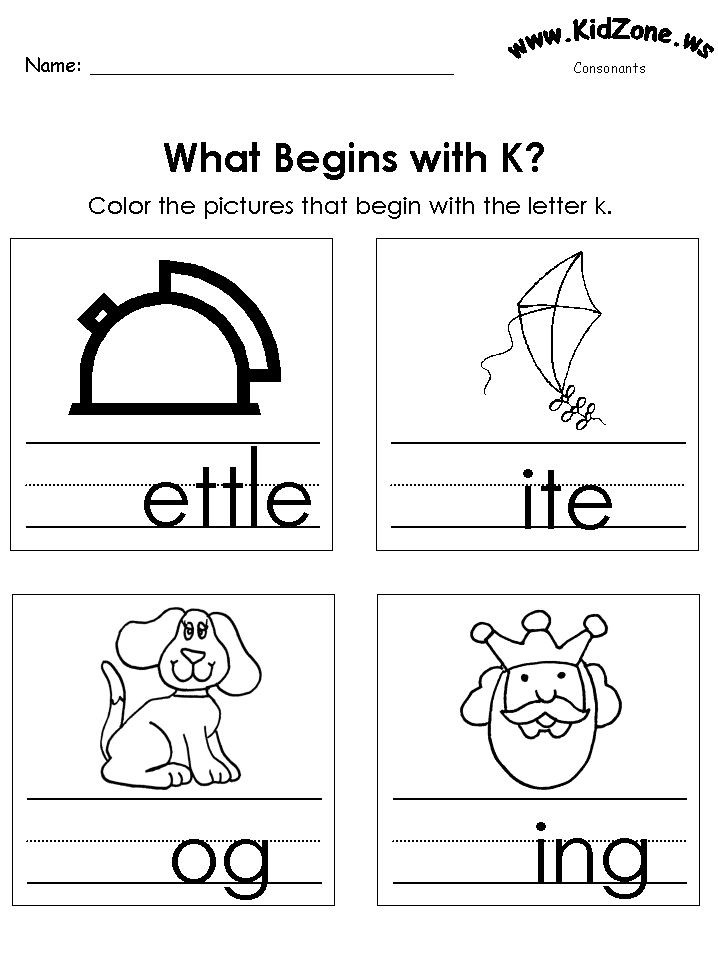
Vowel sounds are marked in red on the diagram.
Consonants are soft and hard.
Always hard consonants: Zh, Sh, Ts.
Always soft consonants: Y, Ch, Shch.
Teaching children the sound analysis of words begins with determining the sequence of sounds in the word : you need to highlight this sequence by repeatedly pronouncing the word with intonation highlighting each sound . So, when analyzing the word "BEETLE" , the child must pronounce it three times: "ZhZhuk" , "ZhuUk" , "Beetle" .
So that the child can to analyze some phenomenon , it should be understandable, materially represented.
Let's draw a diagram of the sound composition of the word : in the word "house" three sounds - draw three cells. And we will give the child this card: a house is drawn on it, so that it is clear which word we will parse , and under the house - a diagram of this word : the child already knows that words consist of sounds .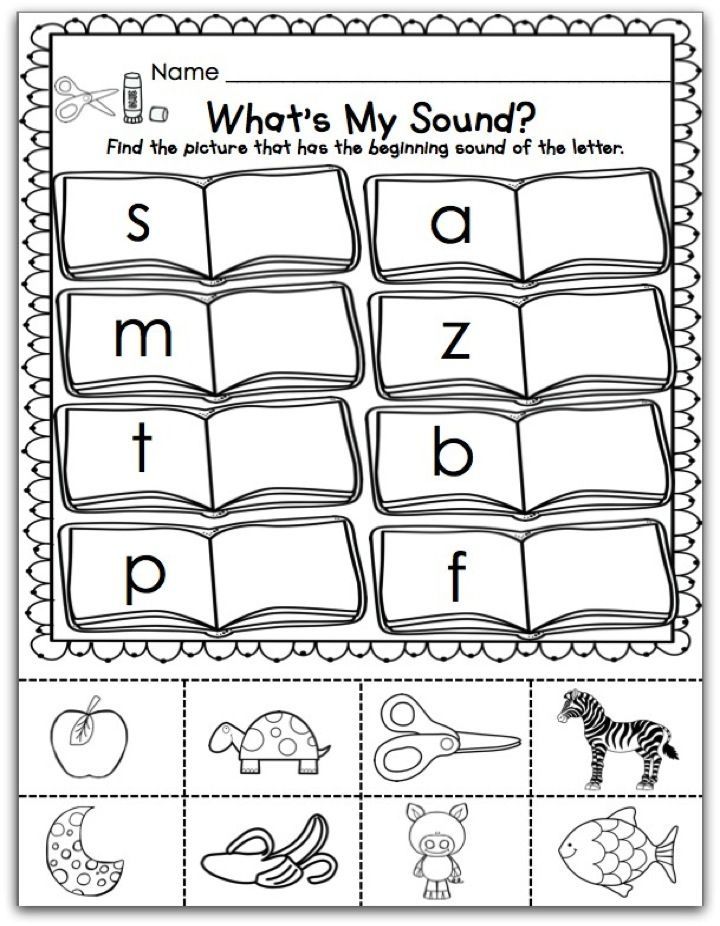
We show him that the cells under the picture tell how many sounds are in the word . "How many cells?" - "Three". - "And how many sounds are in the word ?" - "Also three." - "Let's look for these sounds . Say the word house so so that I hear the first sound in it." Our child already knows how to do this - he learned at the first stage of training . "d-house," the baby says diligently. - "What is the first sound ?" - "D". - "Very good! Let's close the first cell with a chip, it will be what sound ?" - "D".
Any material as chips: cut squares from white cardboard or take an old mosaic and select white or yellow elements from it. Do not take red, blue, green - they will still be needed.
So, in front of the child is a diagram of the sound composition of the word "house" in which the first cell is already closed.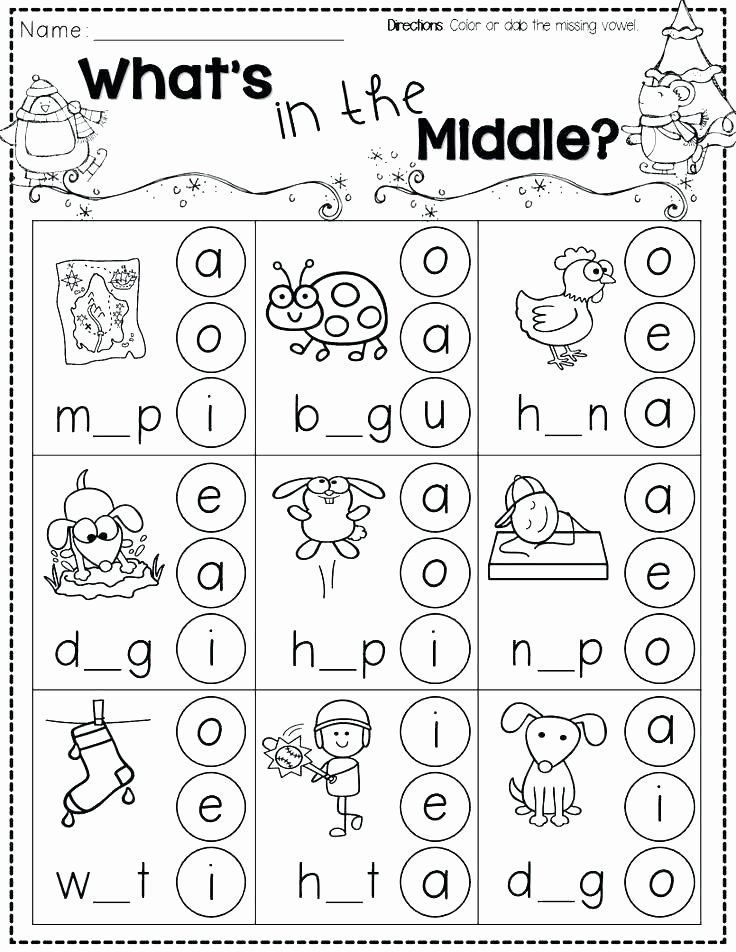 You can move on.
You can move on.
"Let's now say word "house" so as to hear the second sound in it, the first d - we already know. scheme of the sound composition of the word will help: you need to pronounce the word and at the same time move your finger along the scheme and stop it for a long time on the second cell. "What is the second sound in this word ?" - "Oh!" - "Great! Let's designate this sound with a chip !" The child takes exactly the same chip as the first one and puts it on the second cell. . Let's find the last sound in this word . Say the word "house" so that the last sound is heard.0005 words and say : "home-m-m". "What is the last sound in the word house-mm ?" - "Mm," the child answers and puts the last, third chip on the diagram.
Here is the first sound analysis of the word .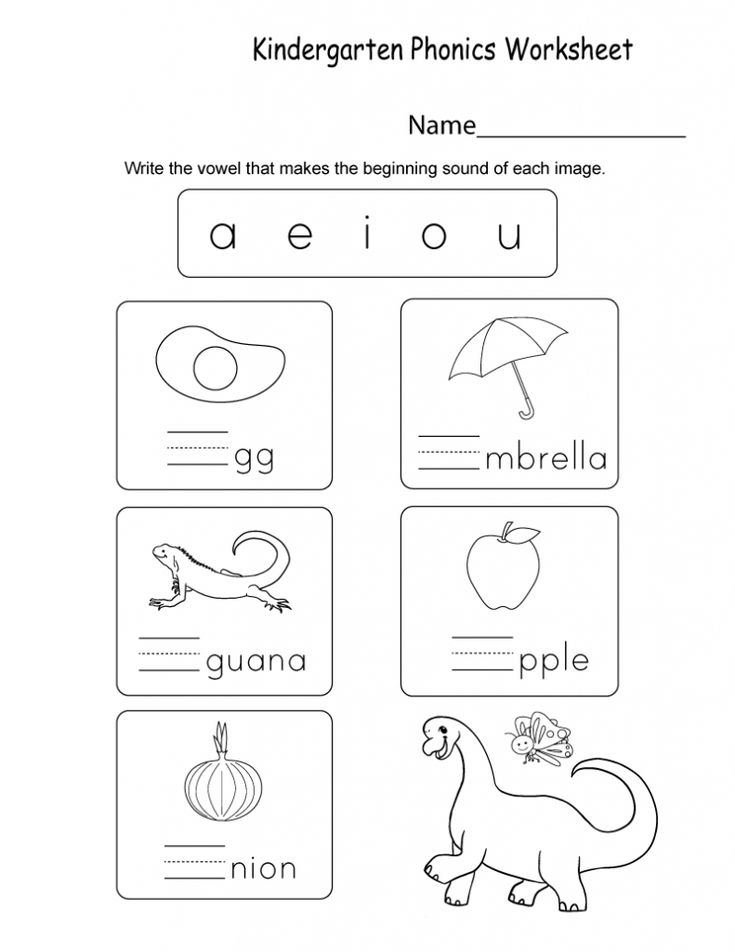
It would be nice to repeat it again. But how? Remove chips and start over? It's not fun for a kid! No, it's better to play the game "Who is attentive." “And now,” you say, “I will call the sound , and you will remove its designation from the diagram. Let's see how attentive you are. Please remove the designation sound "d " (blue chip)
For this type of analysis the child is offered words of three sounds : poppy, house, cheese, cat, whale, ball, beetle, onion, forest, cancer.
When studying with a child, you need to remember all the time: we teach him the sound analysis of words , we teach him to listen to the word , to hear sounds , its components. Therefore, the child should call sounds like , as they are heard in word .
This type of work with sounds is especially important for children with speech disorders.
Learn more


